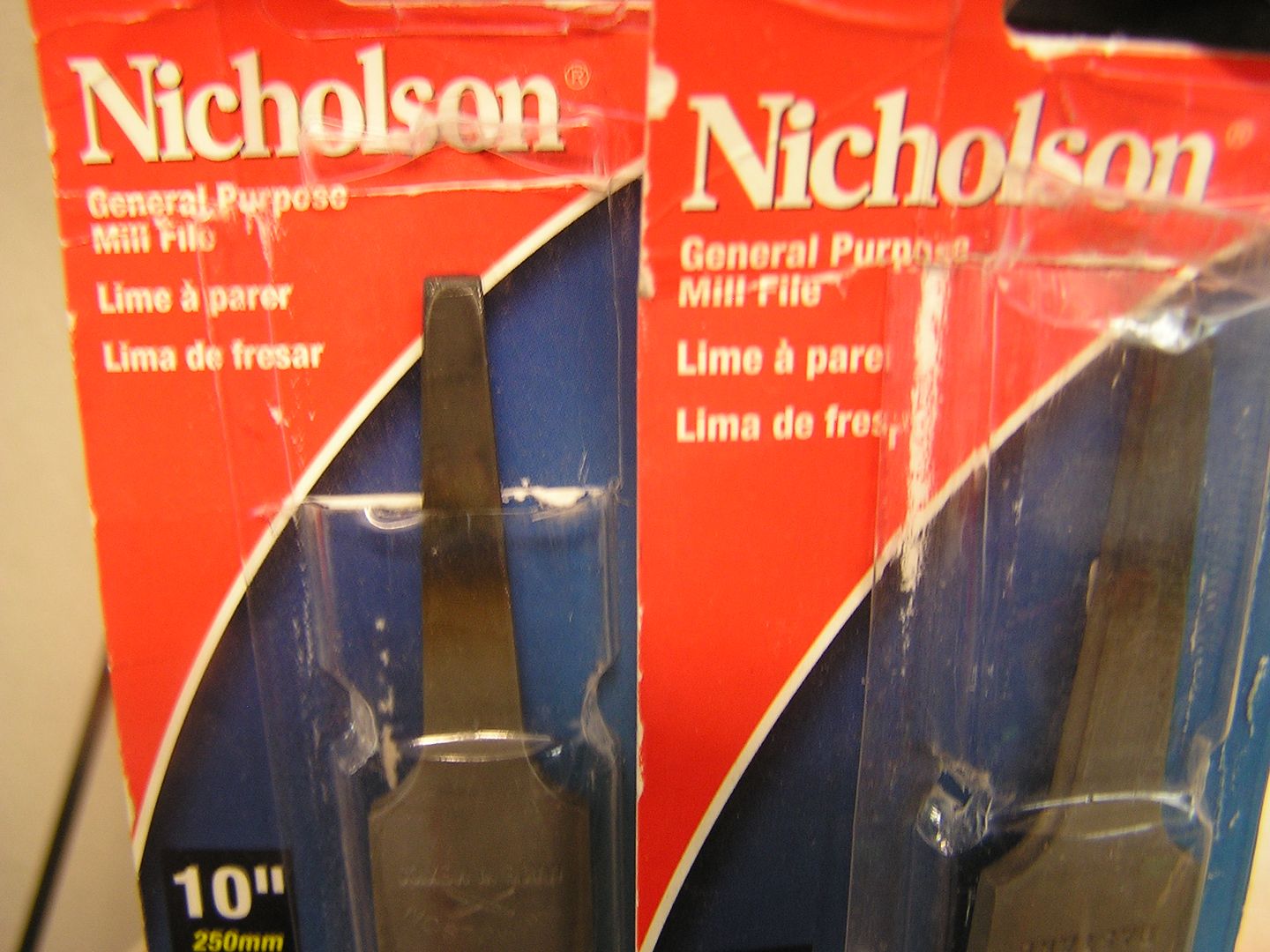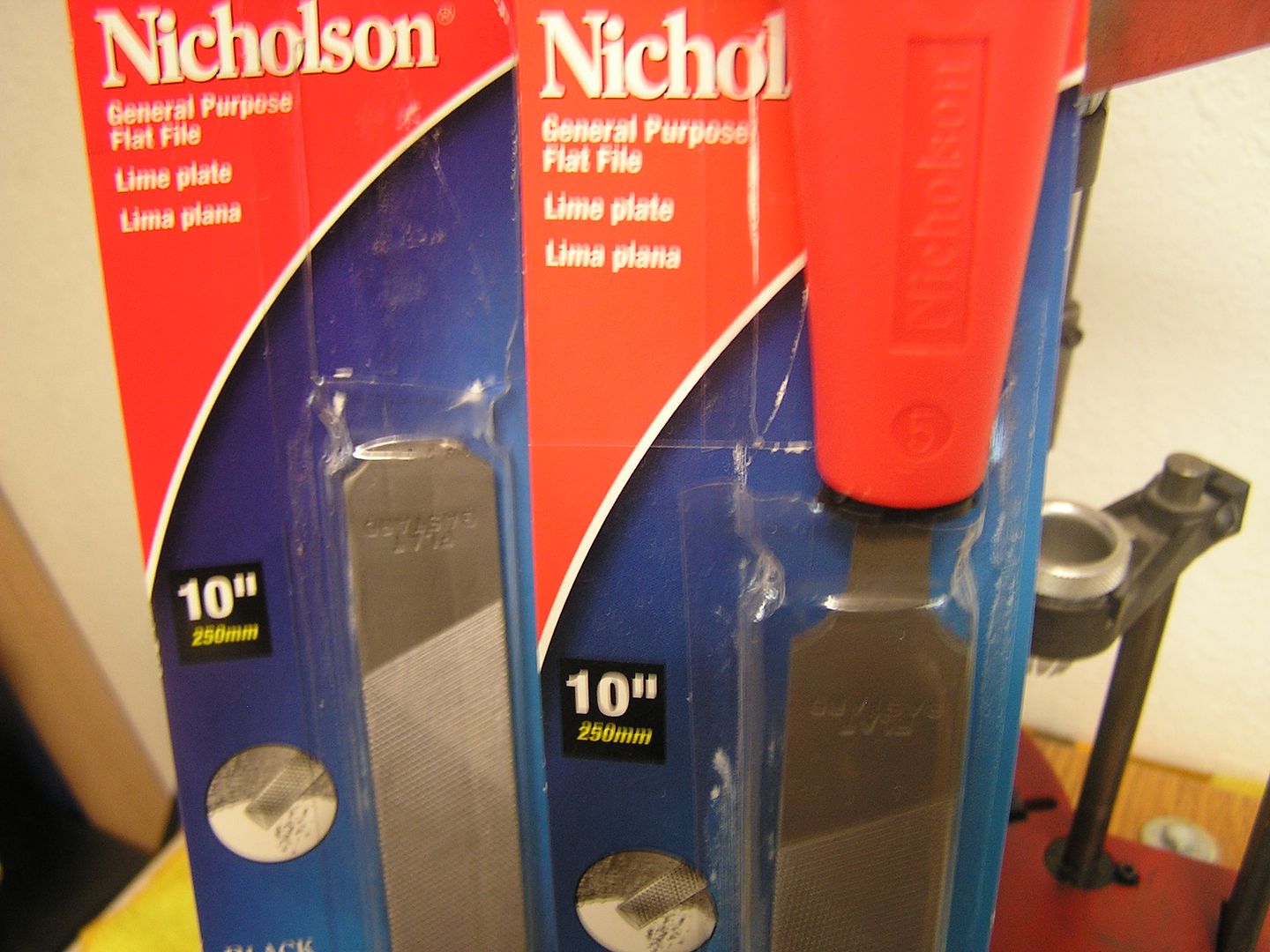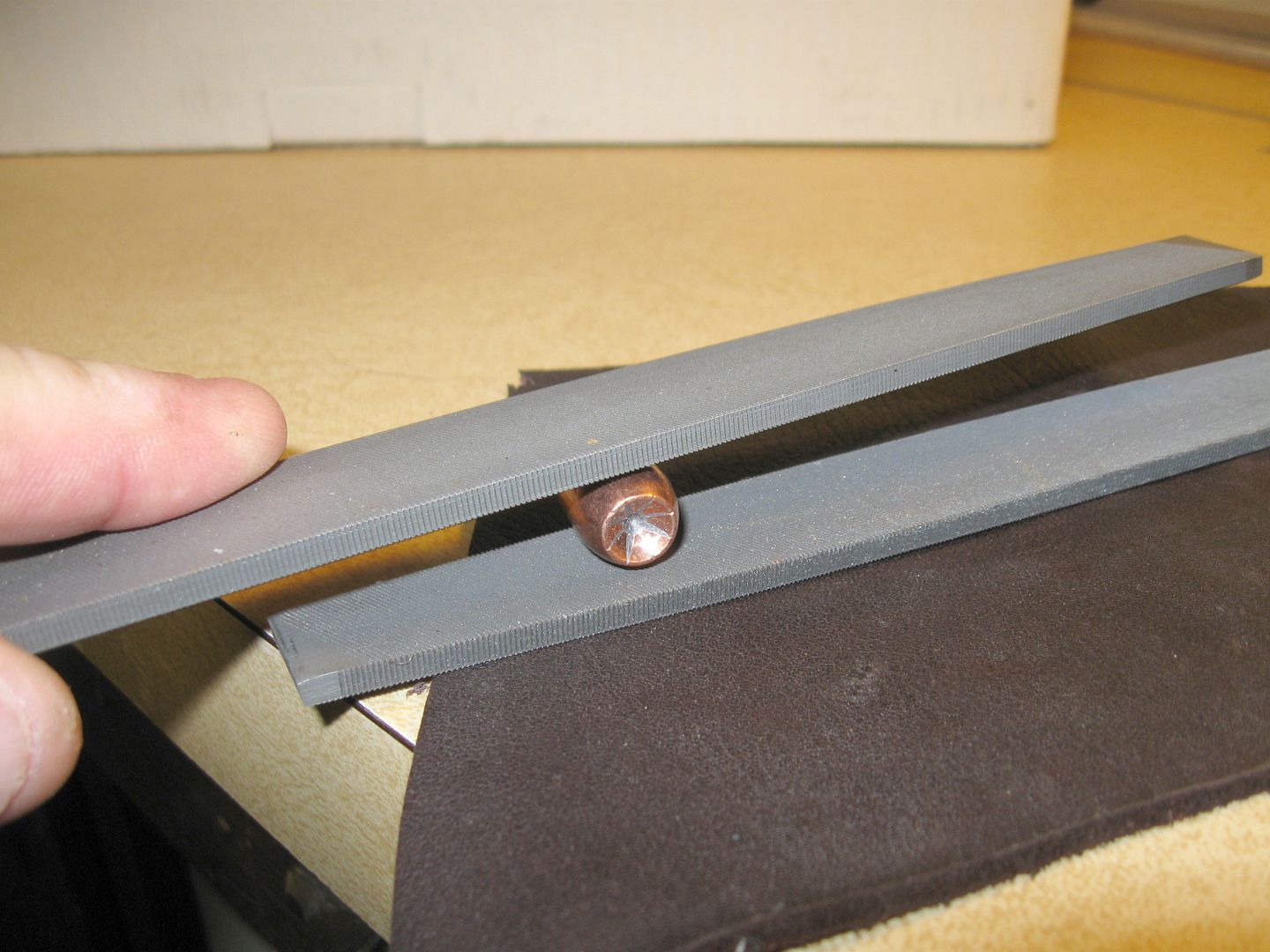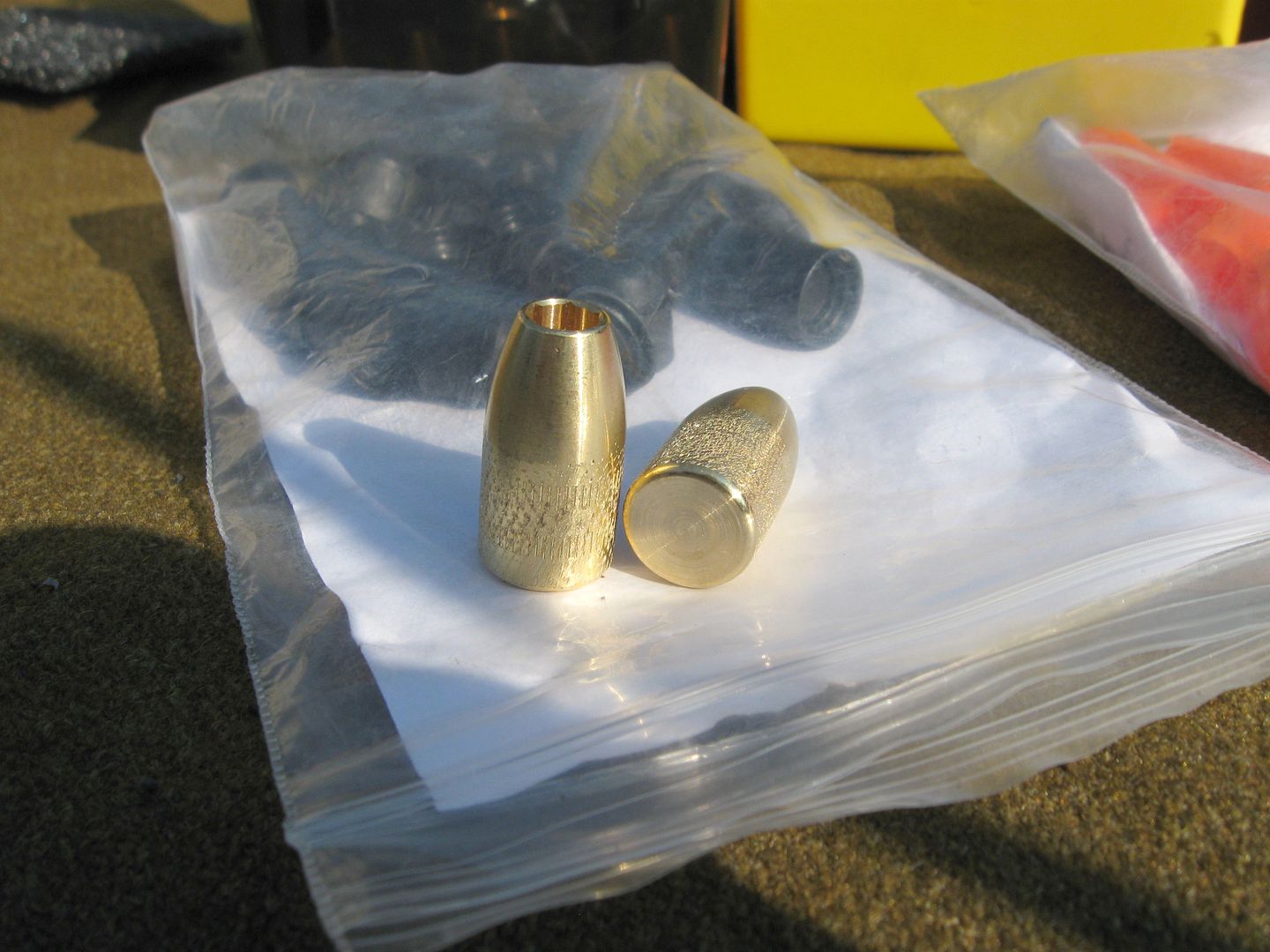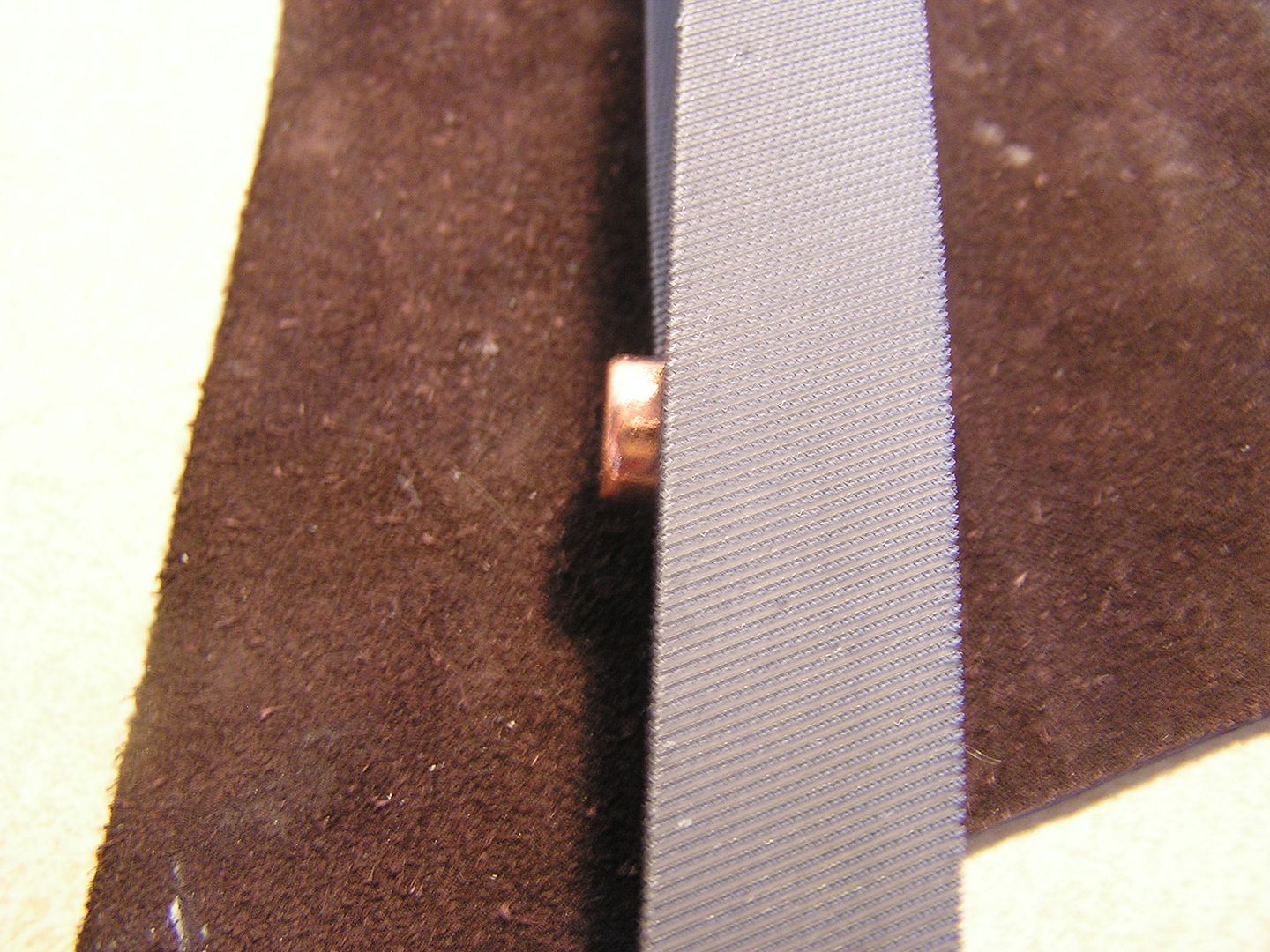sabotloader
WKR
It was a little warmer than I wanted it to be but decided to go to the Rock Pit this morning. Still do not feel good about shooting at either farm yet - to much dry stubble in the fields.
I wanted to work an a load and sabotless shoot in my Knight Western ULite. I can not use it here in Idaho but hunters in Oregon and Washington - heck and many other progressive States.
When I got to the rock pit got stuff out of the truck and started my setup. Next I grabbed my usual 6 clay pigeons and walked them out to the rock wall. Climbed up the loose rock at the bottom of the rock wall, grabbed the first bird went to place it on the wall and it slid off the rock and busted! That should have been a good indication what the morning was going to be like!!! Placed the other 5 birds on the wall without incident.
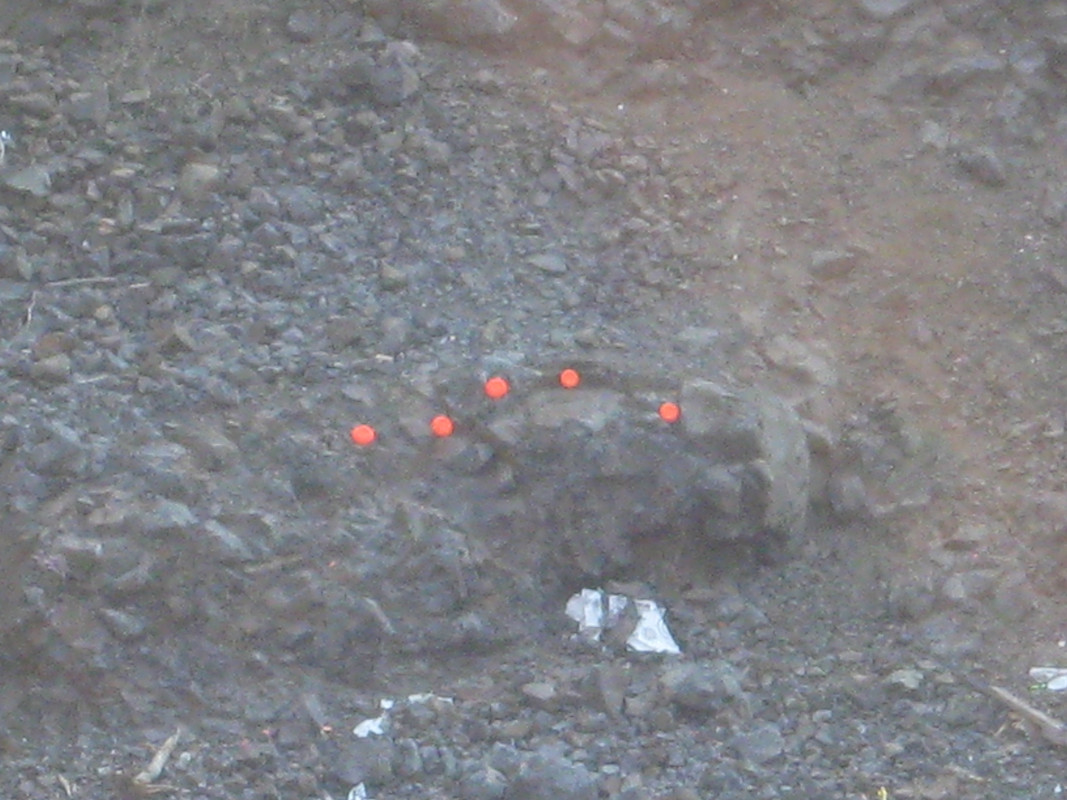
Got back to the truck and loaded up the first load. 120 grains of T7-2f by volume, then a MMP-Ballistic Sub Bridge, and finally a knurled Barns 50x275 gr. MZ-Expander. I have to order the 54cal MZ-Expander and then discard the sabot that comes with it.
This is not the the Expander I shot but the process of knurling was completed as shown in this picture. You do have to do some practicing to figure out the amount knurling lift you will need for your barrel.
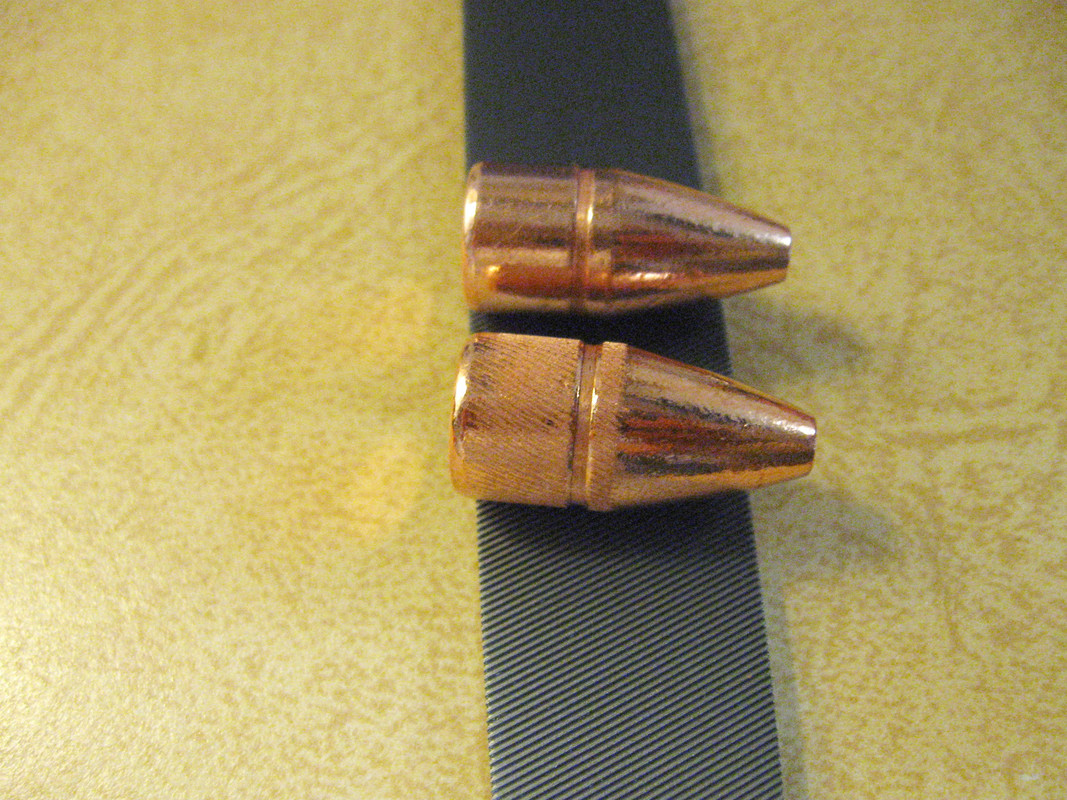
Got the first load completed got on the portable bench, placed the Fire Sight bead just slightly under the bird and took the first shot - really nice smoke cloud! And in slow motion I watched the bird roll of it perch fall down and break... I really didn't know where the bullet hit, assumed it was high so load and on the 2nd shot only this time I held lower on the next bird - This time I didn't even scare the bird it remained on its perch.
Ok so now I am really getting frustrated... load one more place the bead in the middle of the bird - same results...
I hated to do this but I decided I need to shoot paper and see what was really going on. My problem became clear after shooting paper.
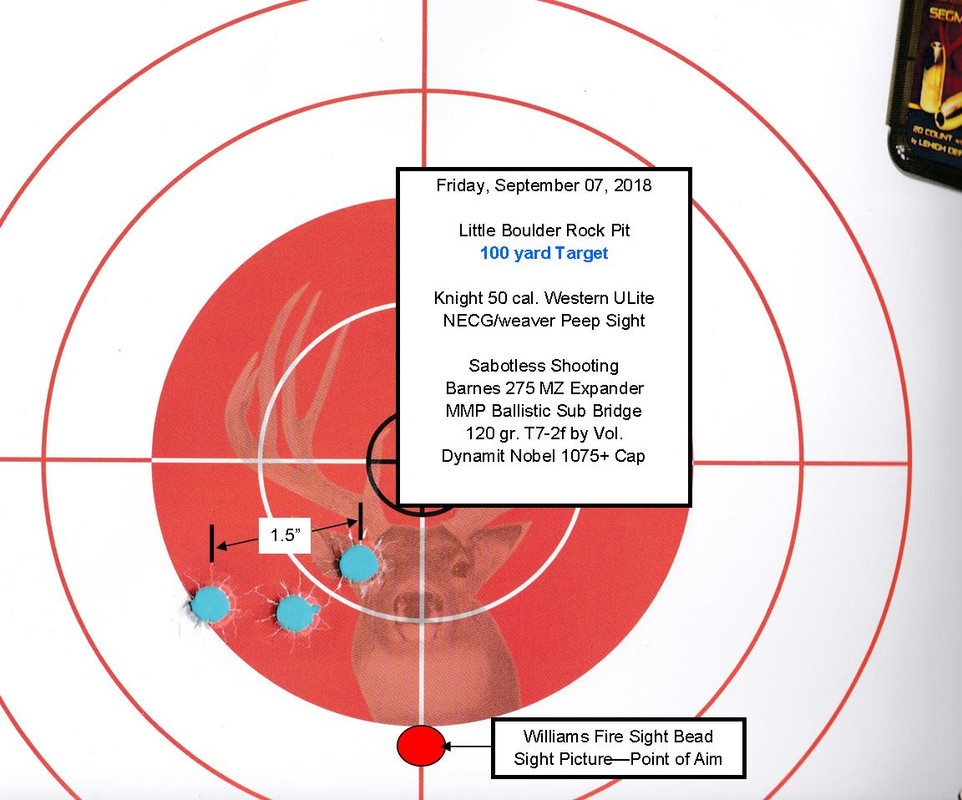
Made the sight adjustment... and it is not easy it is somewhat of a guess with the NECG as it is a what I call a 'Slide and Glide' sight.
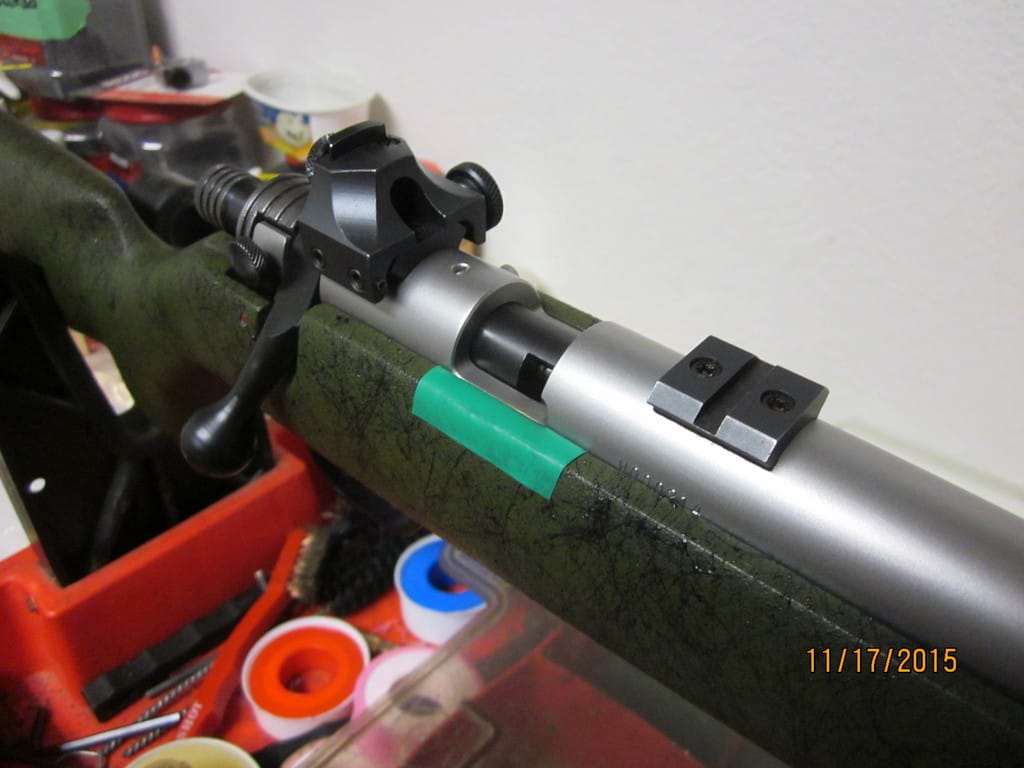
Of course I have adjusted the sight before so using the directions to estimate how far to turn the set screws - I completed the operation with confidence I would be very close to what I needed.
It was really starting to warm up so I decided to move from the paper back to the 'birds on the wall' So I loaded up and returned to shooting birds... this was the setup...
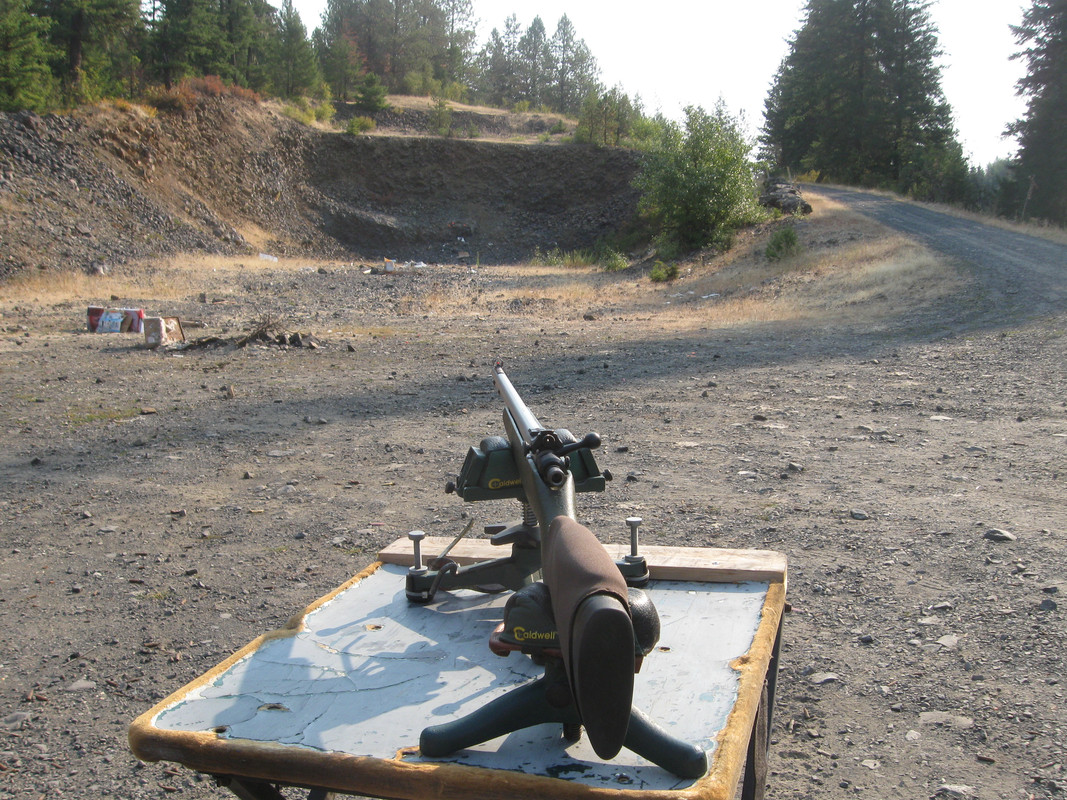
Work Bench setup
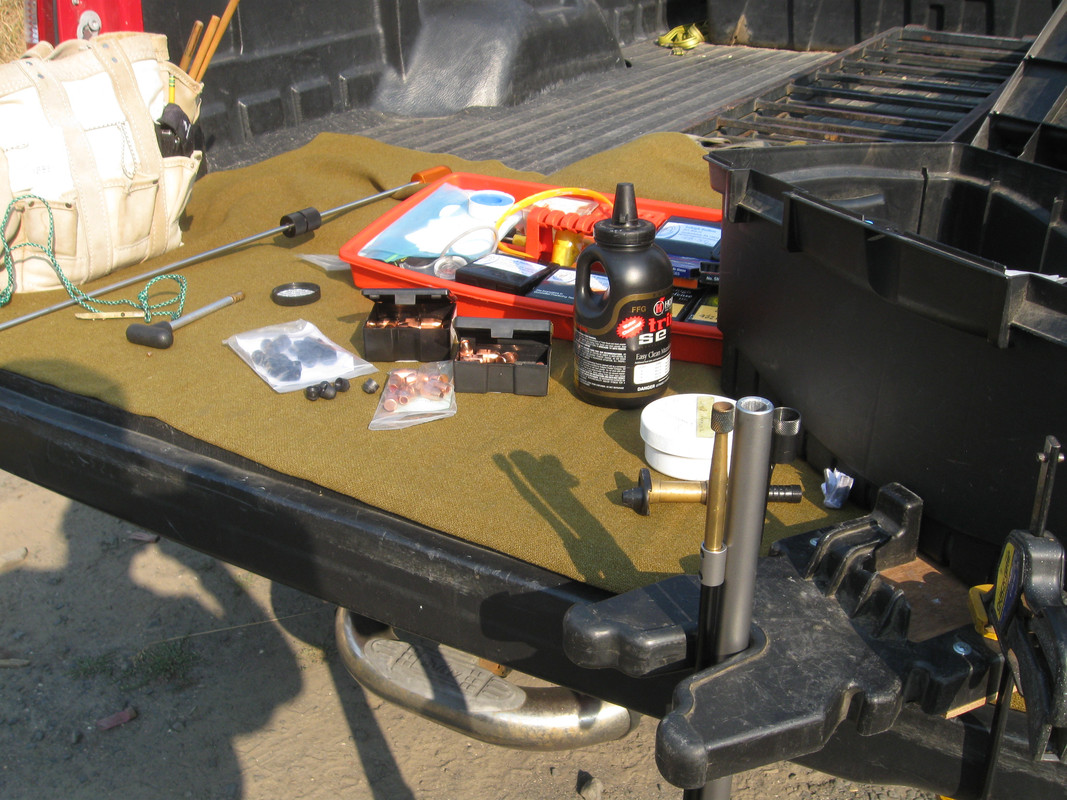
The rest of the morning and the rest of the birds went really well
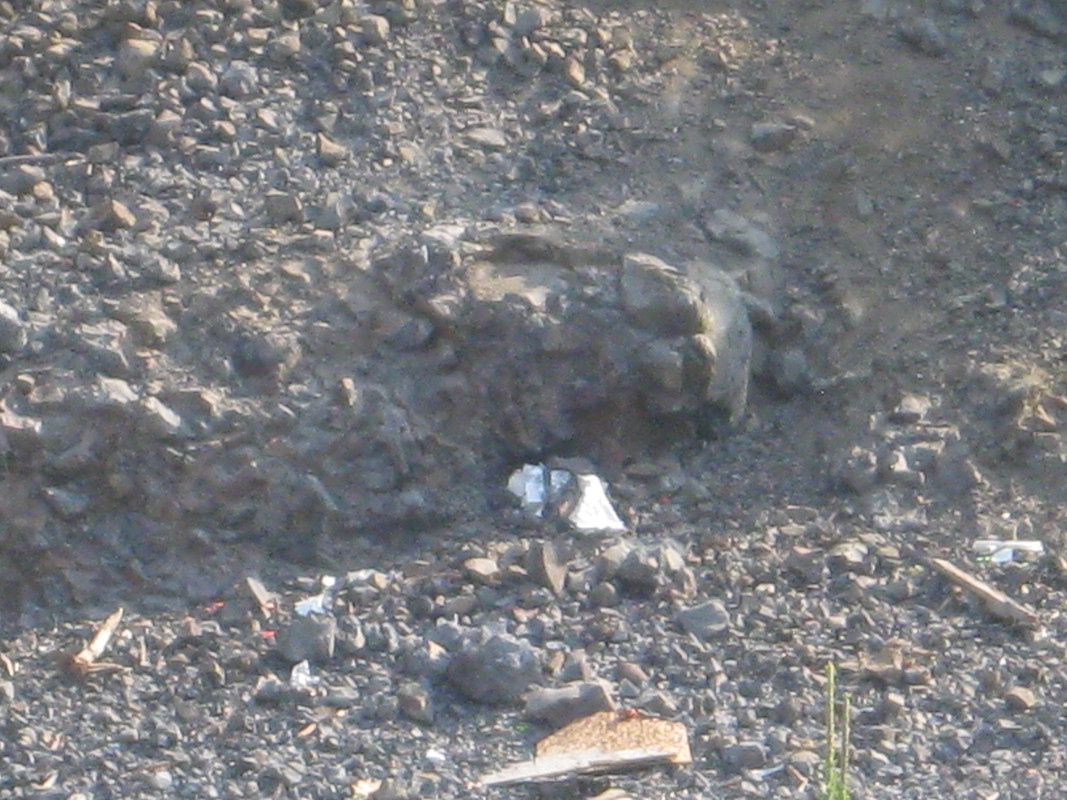
I do need to make another trip shooting paper. I did not adjust the elevation this trip and I really want to be near 2.75" high at 100 + check my windage adjustment.
I wanted to work an a load and sabotless shoot in my Knight Western ULite. I can not use it here in Idaho but hunters in Oregon and Washington - heck and many other progressive States.
When I got to the rock pit got stuff out of the truck and started my setup. Next I grabbed my usual 6 clay pigeons and walked them out to the rock wall. Climbed up the loose rock at the bottom of the rock wall, grabbed the first bird went to place it on the wall and it slid off the rock and busted! That should have been a good indication what the morning was going to be like!!! Placed the other 5 birds on the wall without incident.

Got back to the truck and loaded up the first load. 120 grains of T7-2f by volume, then a MMP-Ballistic Sub Bridge, and finally a knurled Barns 50x275 gr. MZ-Expander. I have to order the 54cal MZ-Expander and then discard the sabot that comes with it.
This is not the the Expander I shot but the process of knurling was completed as shown in this picture. You do have to do some practicing to figure out the amount knurling lift you will need for your barrel.

Got the first load completed got on the portable bench, placed the Fire Sight bead just slightly under the bird and took the first shot - really nice smoke cloud! And in slow motion I watched the bird roll of it perch fall down and break... I really didn't know where the bullet hit, assumed it was high so load and on the 2nd shot only this time I held lower on the next bird - This time I didn't even scare the bird it remained on its perch.
Ok so now I am really getting frustrated... load one more place the bead in the middle of the bird - same results...
I hated to do this but I decided I need to shoot paper and see what was really going on. My problem became clear after shooting paper.

Made the sight adjustment... and it is not easy it is somewhat of a guess with the NECG as it is a what I call a 'Slide and Glide' sight.

Of course I have adjusted the sight before so using the directions to estimate how far to turn the set screws - I completed the operation with confidence I would be very close to what I needed.
It was really starting to warm up so I decided to move from the paper back to the 'birds on the wall' So I loaded up and returned to shooting birds... this was the setup...

Work Bench setup

The rest of the morning and the rest of the birds went really well

I do need to make another trip shooting paper. I did not adjust the elevation this trip and I really want to be near 2.75" high at 100 + check my windage adjustment.

